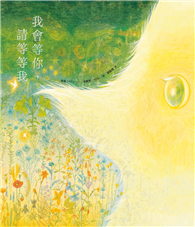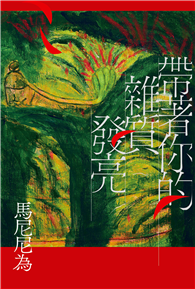"Tuberculosis of Farm Animals," originally published in 1911, offers a detailed examination of tuberculosis as it affects livestock. Authored by Chas F. Briscoe and W. J. MacNeal, this historical work provides insights into the prevalence, pathology, and management of tuberculosis in farm animals during the early 20th century. The book likely covers the diagnosis, transmission, and control measures employed at the time, reflecting the state of veterinary medicine and agricultural practices of the era.
This book is a valuable resource for historians of science, veterinary medicine, and agriculture, as well as anyone interested in the historical context of zoonotic diseases and the challenges of animal health management. The text gives a glimpse into past approaches to tackling infectious diseases in livestock and highlights the evolution of our understanding and treatment of tuberculosis. It also underscores the ongoing importance of veterinary science in safeguarding both animal and human health.
This work has been selected by scholars as being culturally important, and is part of the knowledge base of civilization as we know it. This work was reproduced from the original artifact, and remains as true to the original work as possible. Therefore, you will see the original copyright references, library stamps (as most of these works have been housed in our most important libraries around the world), and other notations in the work.
This work is in the public domain in the United States of America, and possibly other nations. Within the United States, you may freely copy and distribute this work, as no entity (individual or corporate) has a copyright on the body of the work.
As a reproduction of a historical artifact, this work may contain missing or blurred pages, poor pictures, errant marks, etc. Scholars believe, and we concur, that this work is important enough to be preserved, reproduced, and made generally available to the public. We appreciate your support of the preservation process, and thank you for being an important part of keeping this knowledge alive and relevant.










